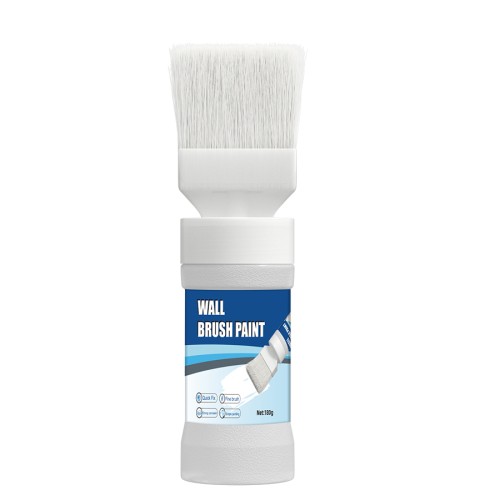
Breathing Walls: How Water-Based Coatings Are Redefining Smart Living
1. From Passive Protection to Active Interaction
Traditional coatings merely act as a building’s "skin," but next-generation water-based smart coatings are evolving into its "nervous system." Germany’s Fraunhofer Institute has developed conductive water-based inks with adjustable resistivity (10–100 Ω·cm), enabling applications like touch-sensitive walls and wireless charging surfaces.
2. Six Revolutionary Applications
Climate-Responsive Walls: Phase-change microcapsule water-based coatings (energy storage density ≥180 J/g) store coolness at night and release it during the day, reducing AC energy use by 40%.
Self-Cleaning Surfaces: Superhydrophobic nano-structured water-based fluorocarbon paint (contact angle >160°) boosts cleanliness by 90% after rain, as tested at Shanghai Tower.
Air-Purifying Matrix: Graphene-enhanced coatings adsorb 98% of PM2.5 (China Academy of Building Research data)—equivalent to planting three poplar trees per square meter.
Mood-Adaptive Lighting: Water-based coatings with rare-earth phosphors adjust color temperature (2700K–5000K) based on circadian rhythms, improving sleep quality.
Energy-Generating Surfaces: Perovskite quantum dot water-based photovoltaic coatings achieve 12% light-conversion efficiency, with Boston University labs testing window-frame power generation.
As water-based coatings transcend physical boundaries to become mediators between humans, spaces, and nature, they rewrite the story of modern living. This is not just a triumph of materials science but a testament to humanity’s eternal pursuit of harmonious coexistence—where technology fades into the background, and life returns to its purest essence.

